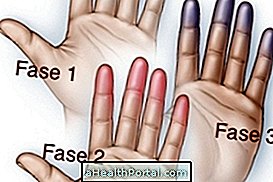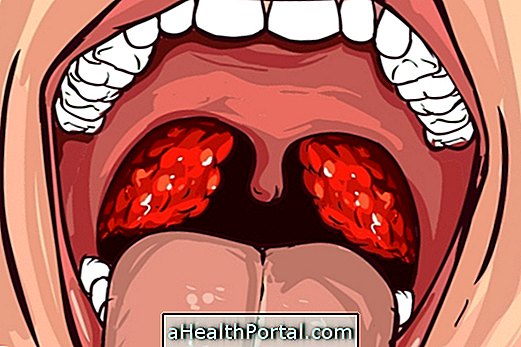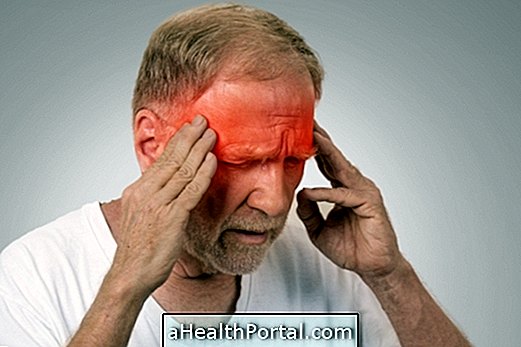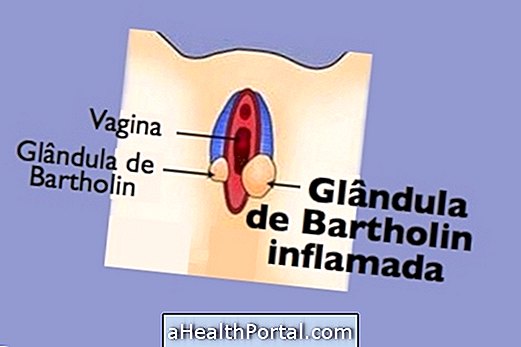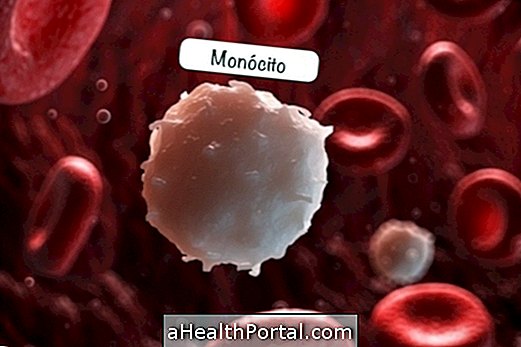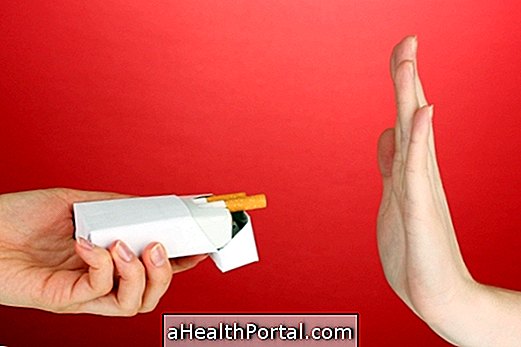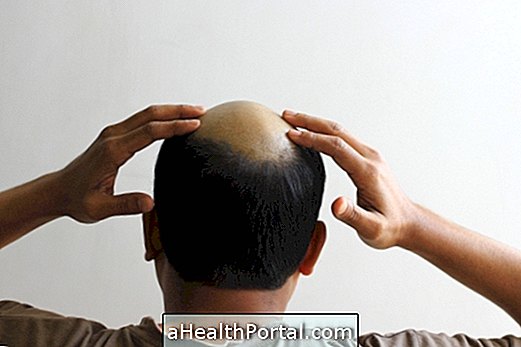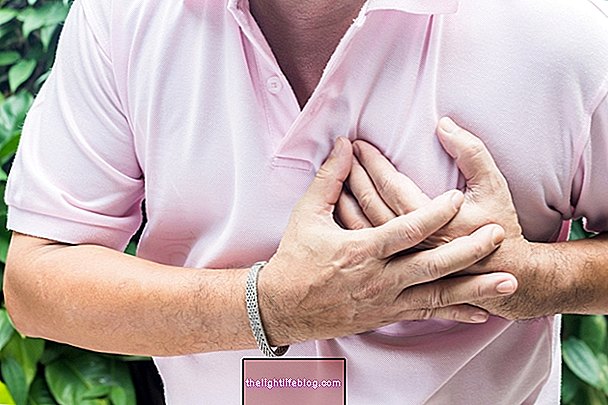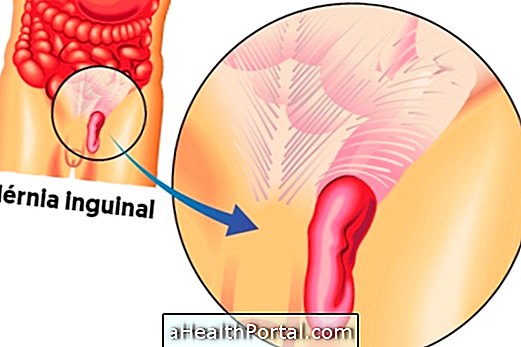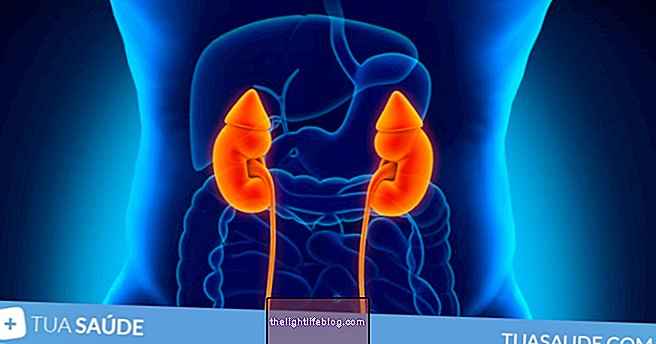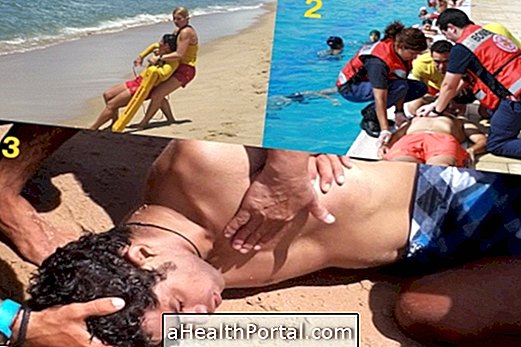Polymyositis is a rare, chronic and degenerative disease characterized by progressive inflammation of the muscles, causing pain, weakness and difficulty in performing movements. Inflammation usually occurs in muscles that are related to the trunk, that is, there may be involvement of the neck, hip, back, thighs and shoulders, for example.
The major cause of polymyositis are autoimmune diseases, in which the immune system starts to attack the body itself, such as rheumatoid arthritis, lupus, scleroderma and Sjogren's syndrome, for example. This disease is more frequent in women and usually occurs between the ages of 30 and 60 years, with the rare occurrence of polymyositis in children.
The initial diagnosis is made from the assessment of the person's symptoms and family history and treatment usually includes the use of immunosuppressive drugs and physical therapy.

Main symptoms
The main symptoms of polymyositis are related to inflammation of the muscles and are:
- Joint pain;
- Muscle pain;
- Muscle weakness;
- Fatigue;
- Difficulty performing simple movements, such as lifting from a chair or placing the arm over the head;
- Weight loss;
- Fever;
- Change in color of the fingertips, known as Raynaud's phenomenon or disease.
Some people with polymyositis may have involvement of the esophagus or lungs, leading to difficulty swallowing and breathing, respectively.
Inflammation usually occurs on both sides of the body and, if untreated, can cause atrophy of the muscles. Therefore, in identifying any of the symptoms, it is important to go to the doctor so that the diagnosis can be made and treatment initiated.
Polymyositis and dermatomyositis
Like polymyositis, dermatomyositis is also an inflammatory myopathy, that is, a chronic degenerative disease characterized by inflammation of the muscles. However, in addition to muscular impairment, dermatomyositis causes skin lesions, such as red patches on the skin, especially in the joints of the fingers and knees, in addition to swelling and redness around the eyes. Learn more about dermatomyositis.
How to diagnose
The diagnosis is made according to the family history and symptoms presented by the person. To confirm the diagnosis may be requested by the physician performing a muscle biopsy or an examination that is able to assess the activity of the muscle from the application of electric currents, electromyography. Learn more about electromyography and when it is needed.
In addition, biochemical tests that are also capable of evaluating muscle function, such as myoglobin and creatine phosphokinase or CPK, for example, may be ordered. Understand how the CPK exam is done.
How is the treatment done?
The treatment of polymyositis aims to relieve the symptoms, since this chronic degenerative disease has no cure. Therefore, the physician may recommend the use of corticosteroid medicines, such as Prednisone, to alleviate pain and decrease muscle inflammation, as well as immunosuppressants, such as Methotrexate and Cyclophosphamide, for example, in order to decrease the immune response against the organism itself.
In addition, it is recommended to perform physiotherapy to recover the movements and avoid muscular atrophy, since in polymyositis the muscles become weak, making it difficult to perform simple movements, such as placing the hand on the head.
If there is a compromise in the esophageal muscles, causing difficulty in swallowing, it may also be advisable to go to a speech pathologist.


